West of Limassol the Akrotiri Peninsula protrudes south into
the Mediterranean Sea. Most of the
peninsula and the area to the west of it remains one of two British possessions
on Cyprus, home of a significant military base. Having part of their landmass
as British territory apparently remains a sore spot with some Cypriots. For the traveler it’s not of much
consequence, though, as there is no border between British and Cypriot
territory, although access to the actual base is limited.
After leaving Limassol we strung together a number of small
sights and one major one for the afternoon on the Akrotiri peninsula. First was
the Holy Monastery of Saint Nicholas of the Cats. The now small monastery was
founded in 327 A.D. and patronized by Helena, mother of Constantine. Supposedly
there are beautiful frescoes in the church, but it was closed for
renovation. Upon our arrival at the
monastery, we were greeted in the parking lot by several friendly cats who
wanted their heads scratched. We were
joined by many more as we walked the monastery grounds and one friendly dog
too. However, we saw no other humans.
Supposedly the monastery’s name originates with the problem of a
multitude of poisonous snakes that plagued the Akrotiri Peninsula at the time
of its construction. A large shipment of cats was brought in from Egypt and
Palestine to kill the snakes.
Our next short stop was at Kolossi Castle, actually more
like a fortified tower than a castle. It dates from the 13th century
when Cyprus was ruled by the Knights of Saint John.
Then it was off to the Kourion Museum, a
small place in the village of Episkopi that contains many ancient artifacts
found on site at Kourion.
Ancient Kourion is the largest archaeological site in Cyprus
and occupies a spectacular spread out site on bluffs overlooking the Mediterranean
Sea. The site is believed to have been inhabited since neolithic times, but the
first settlement was built at the site by Mycenean colonizers from Greece in
the 13th century B.C. Kourion
became an important city during the Hellenistic era under the Ptolemies, and
remained so through the Roman and early Christian eras. It was during the
latter that a Christian basilica was built on site in the 5th century. Kourion
is believed to have declined in the centuries that followed largely because of earthquakes
and pirate raids. The site was rediscovered in the late 1800s and excavations
began in 1876. The Kourion site consists
of ruins from its three main eras of significance – Hellenistic, Roman, and
Early Christian.
Our last stop of the afternoon before continuing on to
Paphos was at the Sanctuary of Apollo Hylates, a smaller archaeological site two
kilometers west that was effectively part of Ancient Kourion. The highlight
there is the partially restored Temple of Apollo, dating from several before the
ruins at Kourion.

 Kourion archaelogical site, Akrotiri and Dhekelia, United Kingdom
Kourion archaelogical site, Akrotiri and Dhekelia, United Kingdom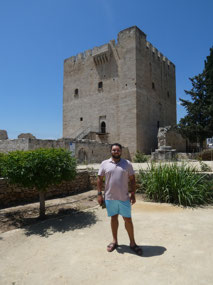
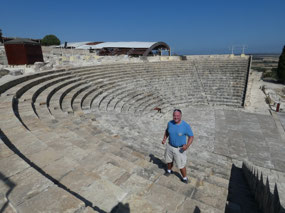



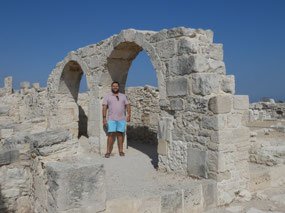
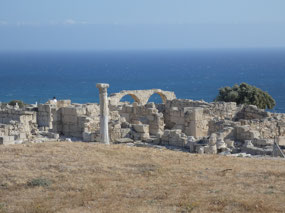
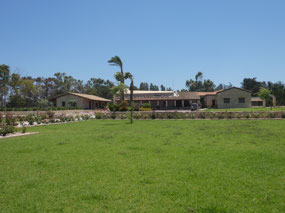
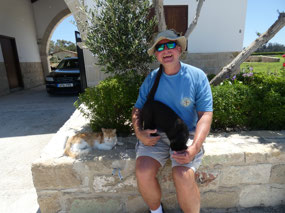
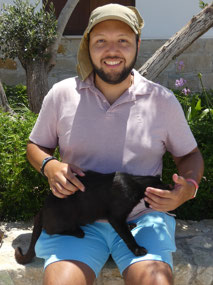
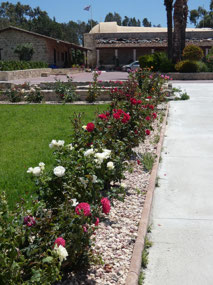
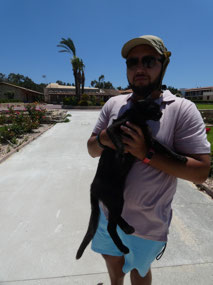
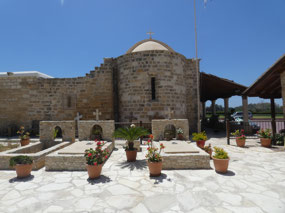
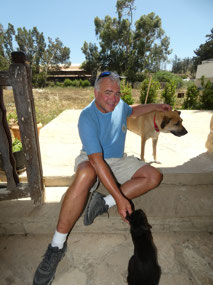
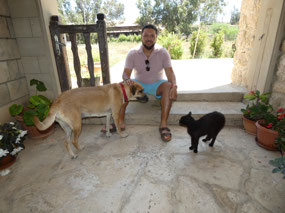
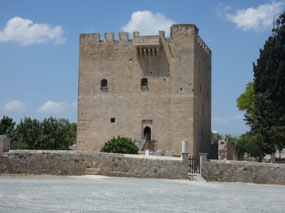
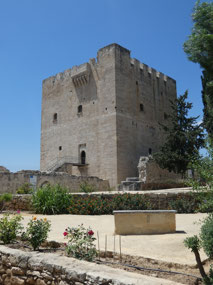
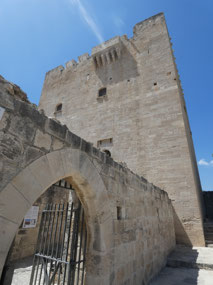
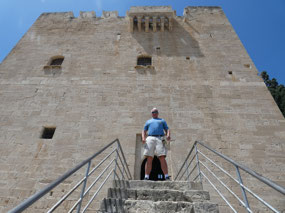
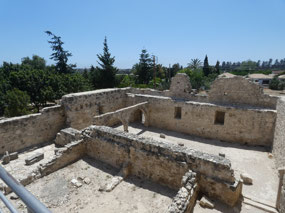
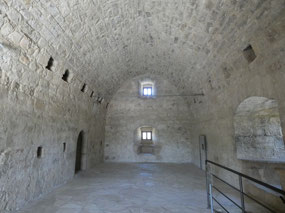
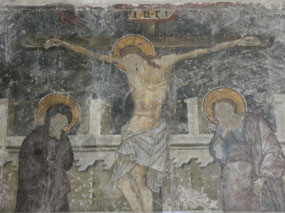
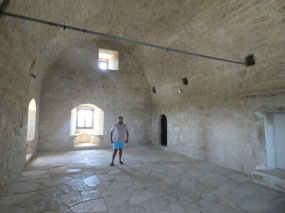

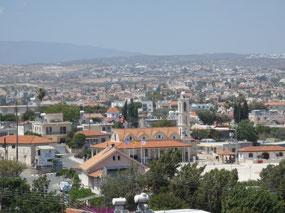
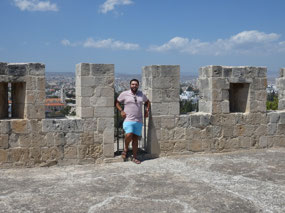
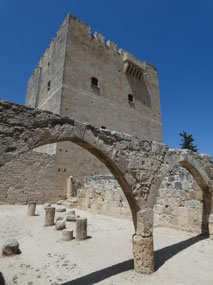
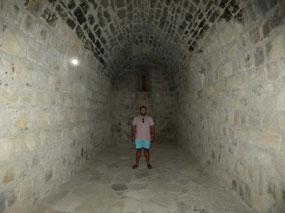

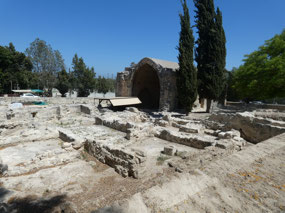
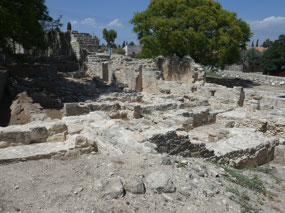
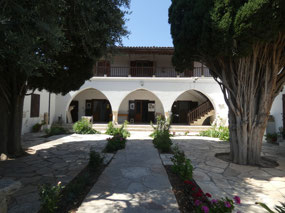
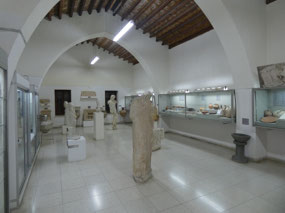
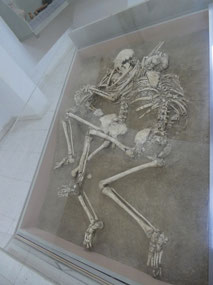
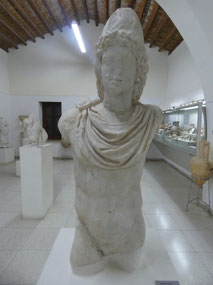
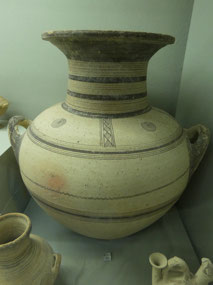
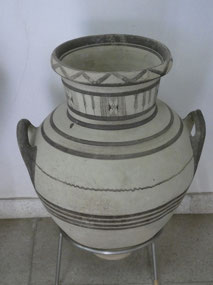
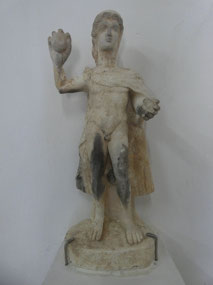
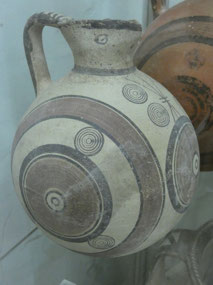
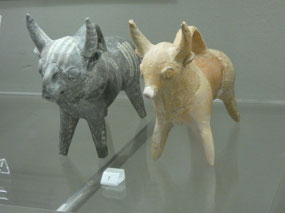
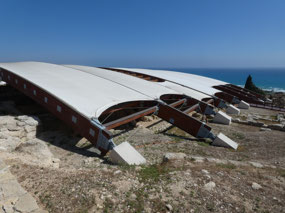
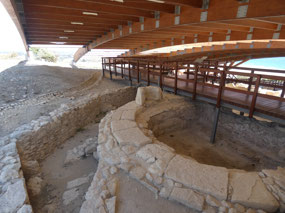
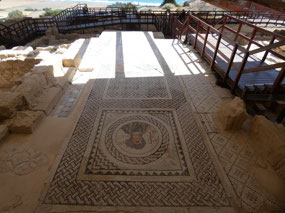
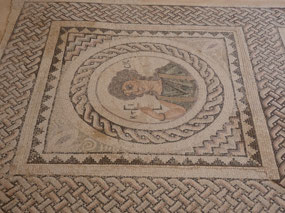
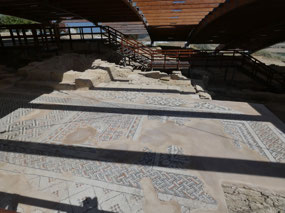
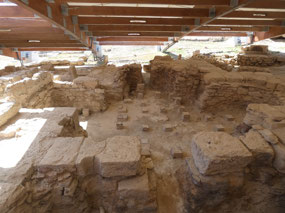
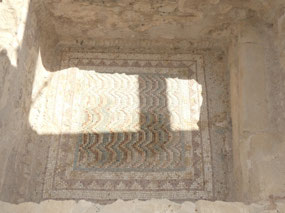
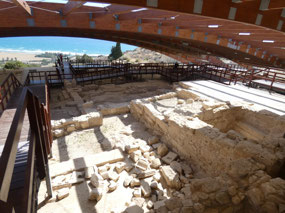
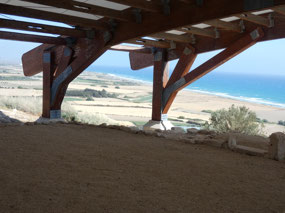
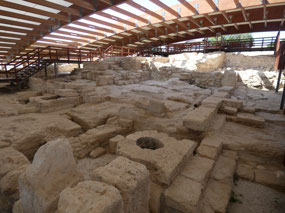
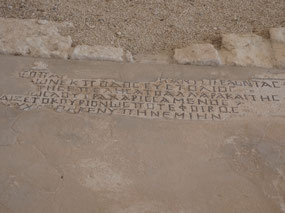
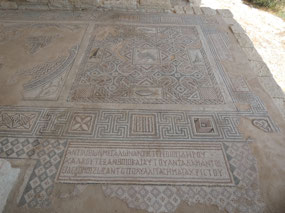
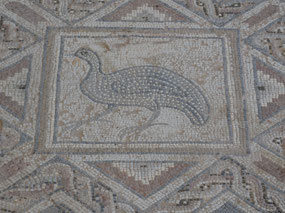
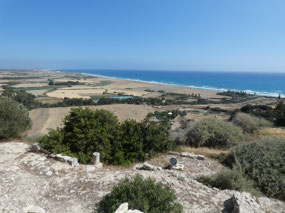
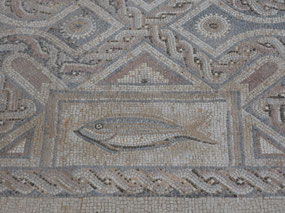
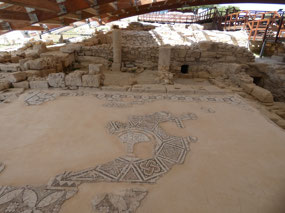
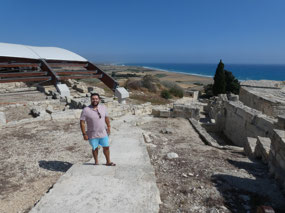
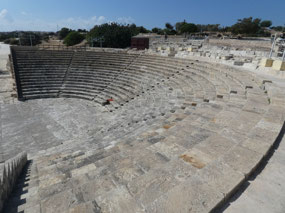
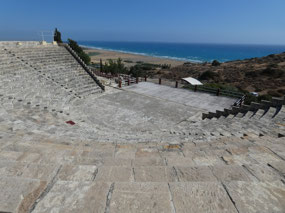
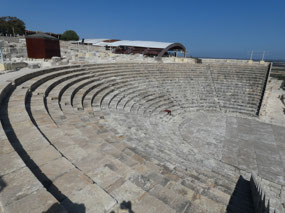
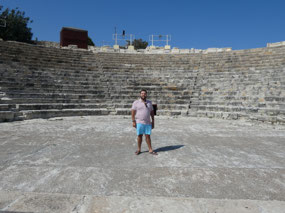
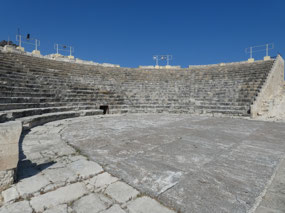
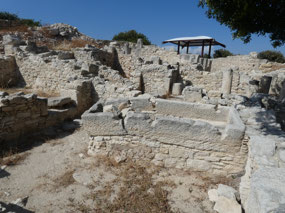

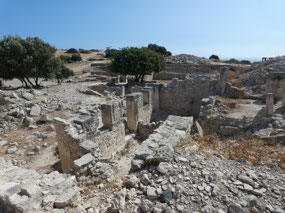
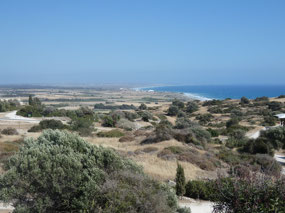
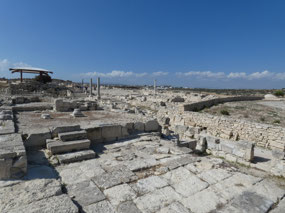
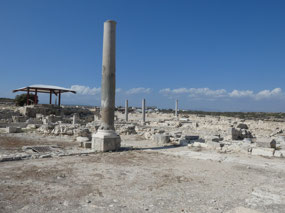
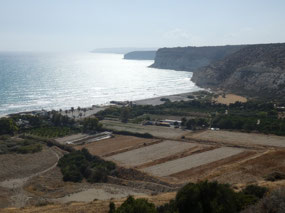
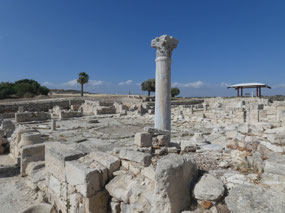
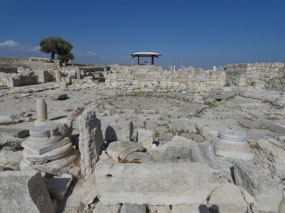
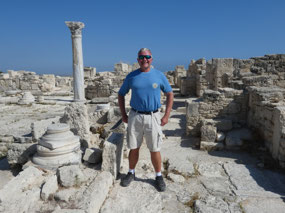
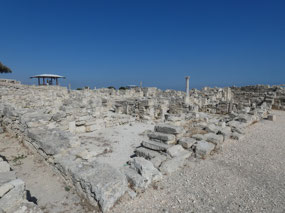
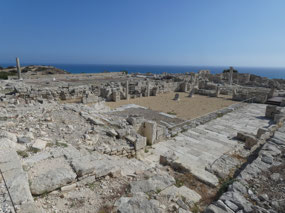
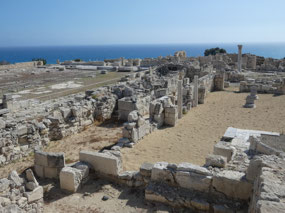
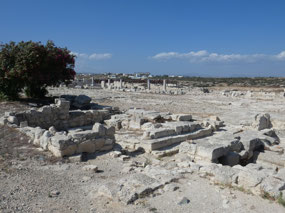


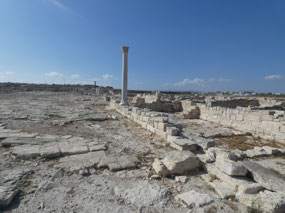
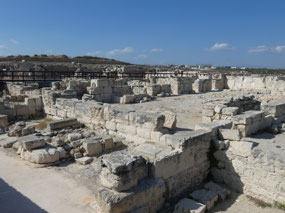
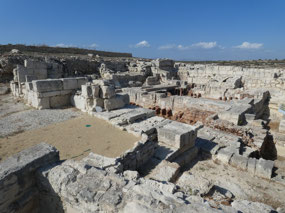
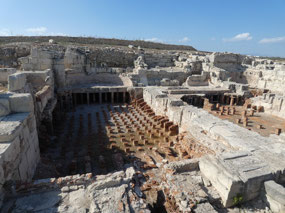
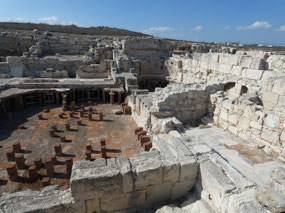
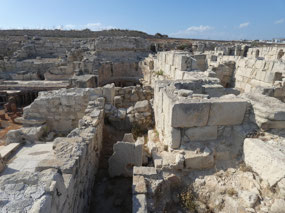
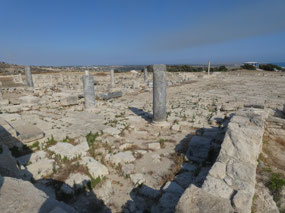

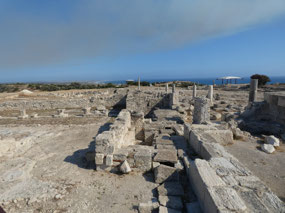
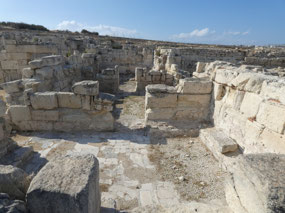
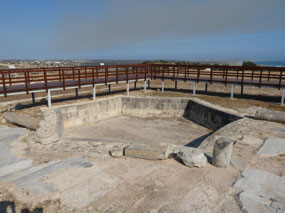
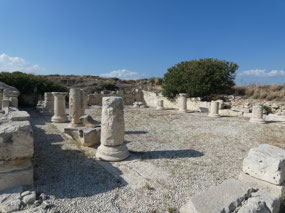


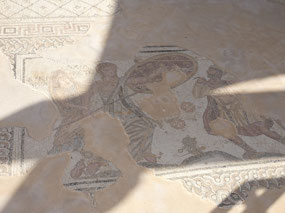
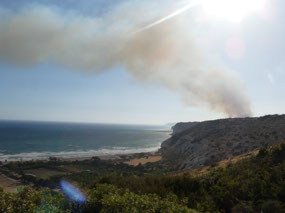
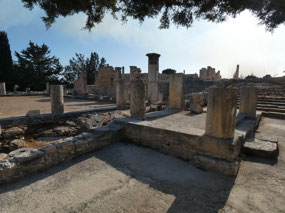
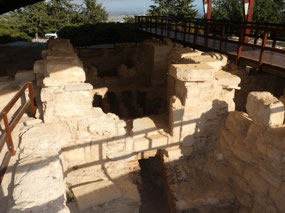
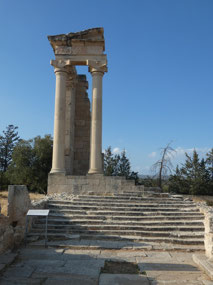

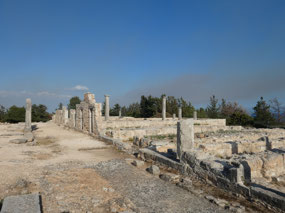
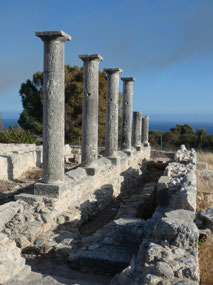
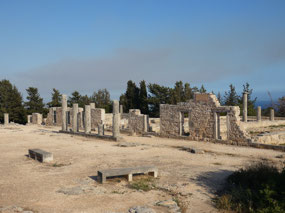
2025-05-23